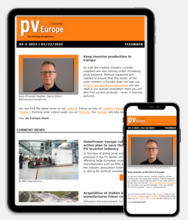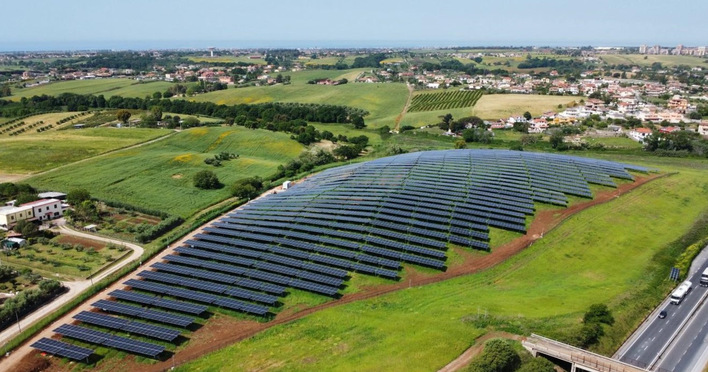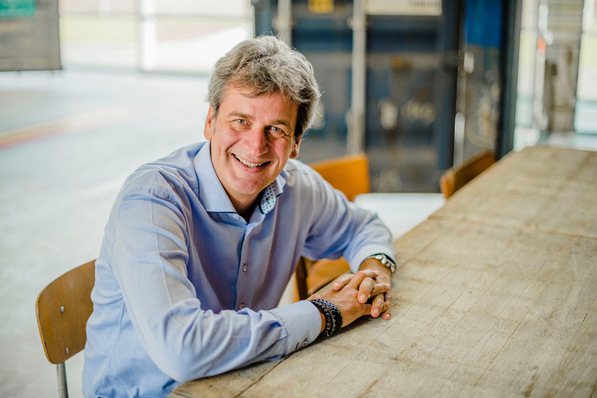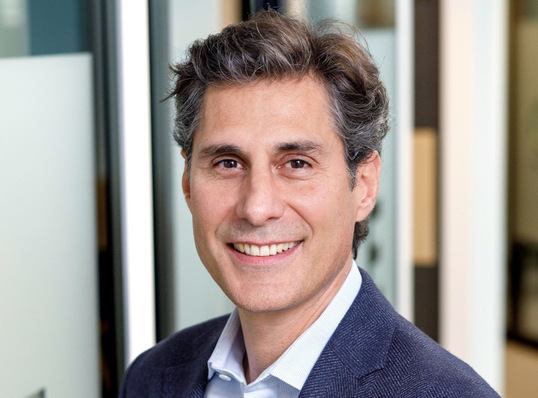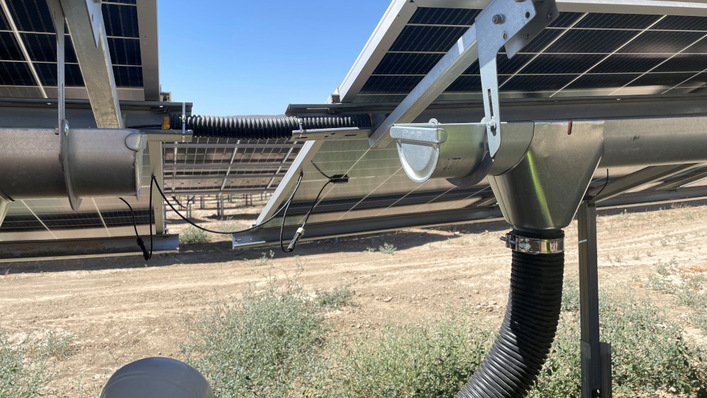It took just 13 days for all investment options for the agri-PV park in Pischelsdorf am Engelbach in Upper Austria to be finalised. EWS Cosulting had given all citizens the opportunity to participate in part of the plant with a capacity of 4.58 megawatts via a crowdinvest. Citizens were able to finance a total of 2.2 megawatts of capacity. The minimum investment was 100 euros. The investment runs for five years and earns a very generous 4.3 per cent interest.
Developing projects together with the communes
For Gerhard Steindl, CEO of EWS, such financing options are a matter of course. „We develop our Sonnenfeld projects holistically – together with municipalities, agriculture and research,“ he explains. „Sustainable planning and fair co-operation are the best way to achieve domestic renewable energy production, which makes us independent of expensive fossil fuel imports and strengthens our business location at the same time.“
Locals have made substantial investments
This is why EWS is particularly keen to offer financial participation. „Citizens can actively participate in the energy transition and benefit from it,“ says Gerhard Steindl, explaining the approach of involving local residents in particular. They took advantage of the opportunity. At 36 per cent, an extremely high proportion of the participations were subscribed by the citizens of Pischelsdorf. „We are very pleased that the opportunity for citizens to participate in our agri-PV plant has been so well received, especially from the local population,“ emphasises Gerhard Steindl. „The high proportion of residents also reflects the local recognition and appreciation of the project.“
PV from field and barn: Our new special for the dual harvest on farms is now online
Only two per cent area for photovoltaics
The plant in Pischelsdorf is not just about generating electricity. This is only an add-on to the continued use of the area as farmland and grassland. This means that 80 per cent of the land can continue to be used for agricultural purposes after the solar plant has been installed. A further 18 per cent are biodiversity strips, and only two per cent are actually used for the mounting structure.
Bruck energy park brings in first harvest from under solar modules
Completion planned for this year
The agri-PV project is expected to be completed and connected to the grid in spring 2025. According to the planners' calculations, the generator will then supply around six million kilowatt hours of clean solar power – in addition to food. (su)


